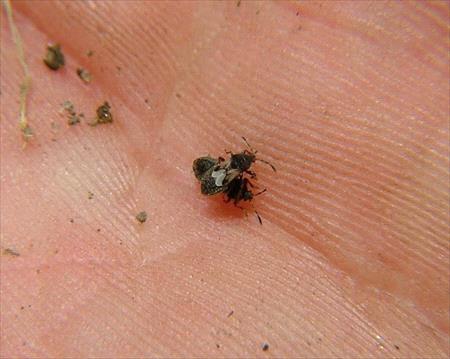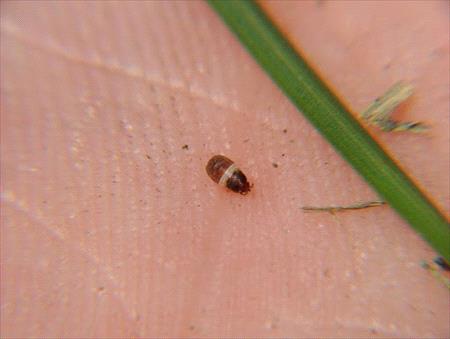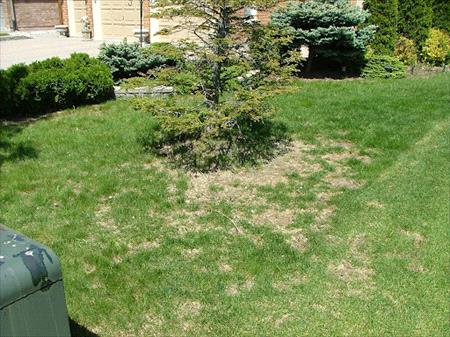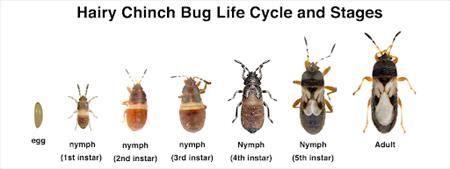Your Cart

Learn Your Lawn: Chinch Bugs
Request a Quote
If your lawn has dry or yellow patches during the summer months even though you’ve been watering regularly, there’s a chance you may have Chinch Bugs. These tiny insects live in the thatch layer above the soil and feed on blades of grass. They are most often found on south facing slopes and in areas that receive full sun, and they tend to cause the most damage during July and August. When they are young, Chinch Bugs have reddish brown bodies, and as they mature their colour changes to black and white. They feed on living grass plants by means of a piercing mouthpart called a stylet (similar to mosquitoes). The insect inserts its stylet into the leaves, stems, and crowns to suck the juices out of the plant. Egg Stage: The life cycle of Chinch Bugs begins with the female Chinch Bug laying eggs in the soil or in the crevices of plant stems, usually in the spring or early summer. The eggs are small, about ½ mm in length (about the size of a pen tip), and are usually white in colour. Nymph Stage: After about two weeks, the eggs hatch into nymphs, which are small, wingless insects. Nymphs go through five developmental stages, also known as instars, during which they molt and grow in size. During the nymph stage, Chinch Bugs are still small and have a reddish orange colour. Adult Stage: Once the nymphs reach their fifth and final instar, they molt one last time and emerge as adult Chinch Bugs. Adult Chinch Bugs are about 3-4 mm in length and have a black body with white wings. Adult Chinch Bugs can fly and mate. The females will lay more eggs, starting the life cycle all over again. Chinch Bugs can produce multiple generations per year, which means they can cause significant damage to lawns if left unchecked. A change in cultural practices can help deter these pests. However, once the lawn is infested, treatment may be necessary to eliminate the problem. A thick, healthy, well-maintained lawn is always the best line of defense. This can be achieved through beneficial cultural practices which include: Watering: Deep and infrequent watering is essential for strong plant health and development. A general rule of thumb is to water each area of your lawn for 30-45 minutes, twice per week, in the early morning so the turf is dry by nightfall. Mowing: Maintain a regular mowing schedule throughout the growing season. In general, you should keep your lawn between 2 ½ and 3 ½ inches high, but during the hottest weeks of summer, you may allow the grass to grow as high as 4 inches. Never remove more than ⅓ of the grass blade at each mowing. Fertilizing: Regular applications of Weed Man’s specially formulated, slow-release granular fertilizer will help provide your lawn with adequate nutrients. These applications are timed specifically to avoid over fertilizing the lawn. Core Aeration: Aerating your lawn can improve soil drainage and help reduce the likelihood of insect infestations. It will also alleviate soil compaction and allow water and nutrients to penetrate deeper into the soil. Your local Weed Man professional may be able to offer other solutions and recommend the best form of treatment that is available to improve the conditions of your lawn.WHAT ARE CHINCH BUGS?
WHAT IS THE LIFE CYCLE OF A CHINCH BUG?
HOW CAN I CONTROL CHINCH BUGS IN MY LAWN?
 English (USA)
English (USA) Français (CANADA)
Français (CANADA)



